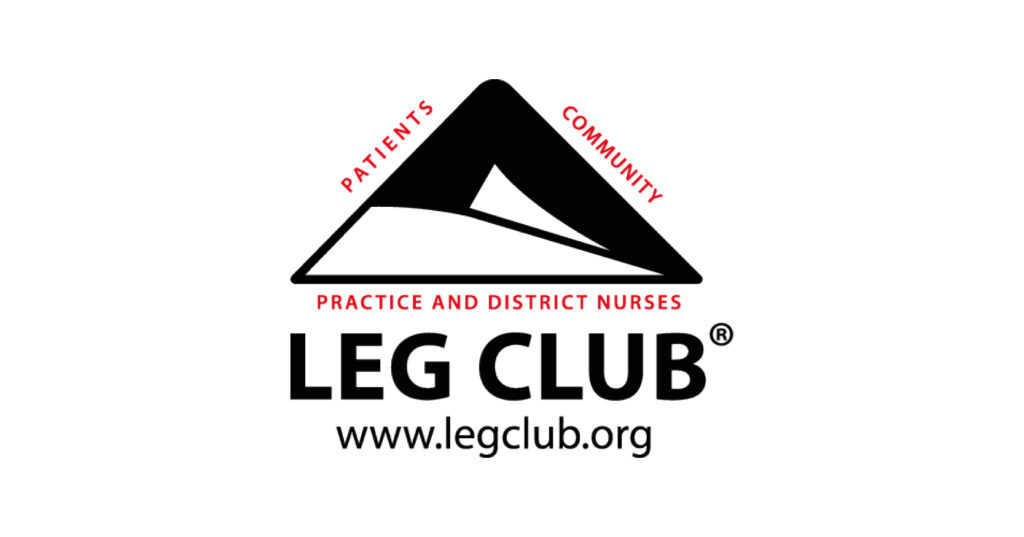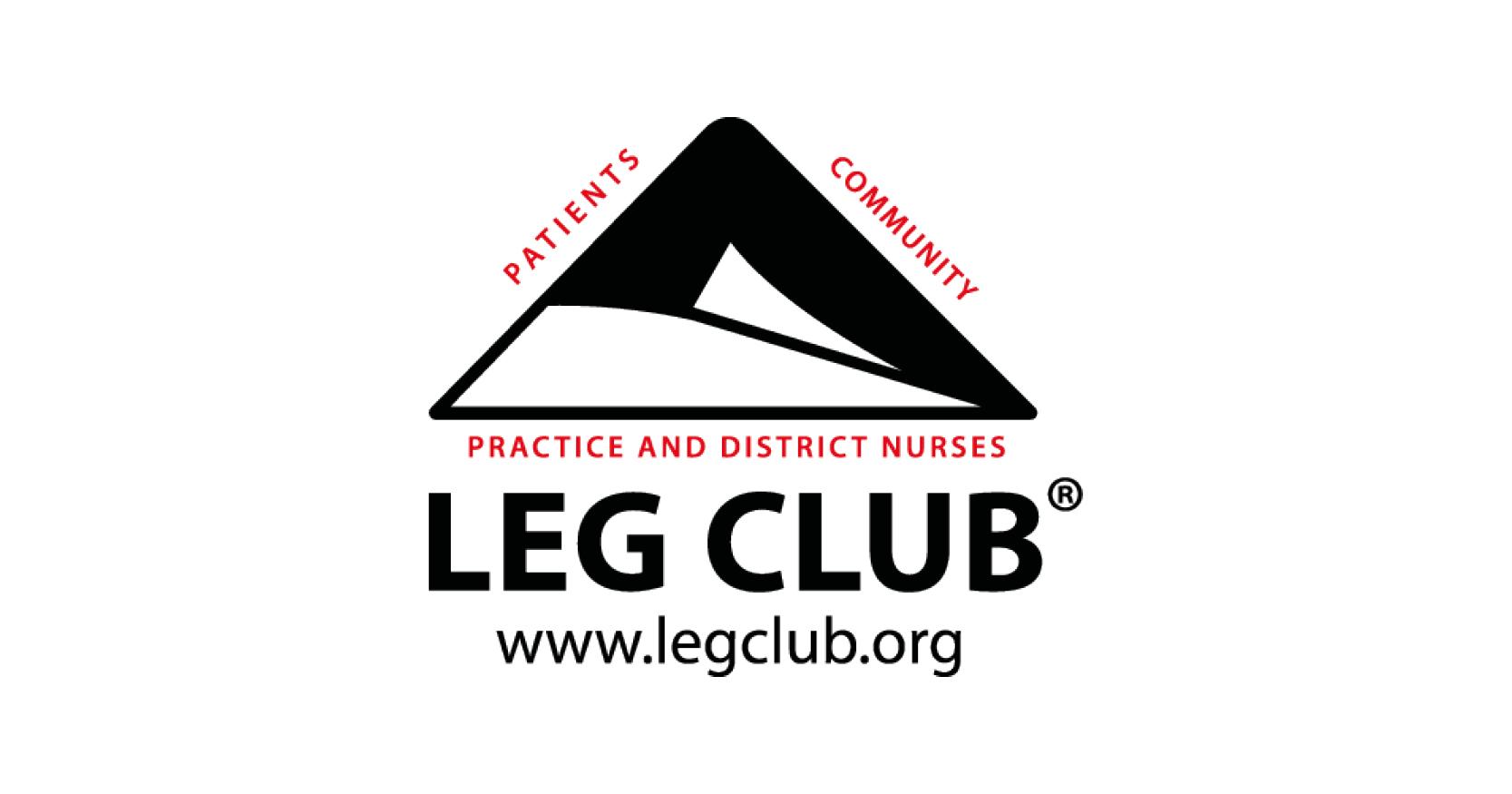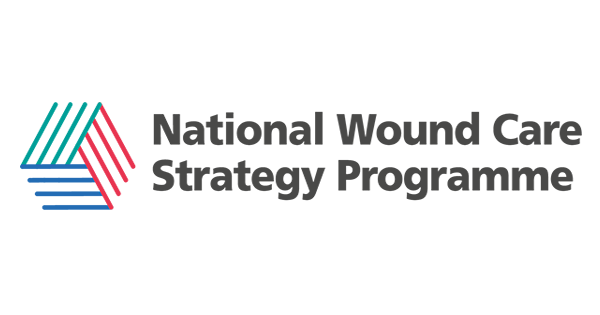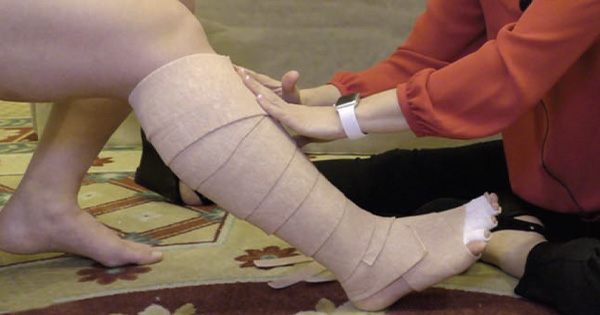Lindsay Leg Clubs (LLCs) started way back in 1995 in the wilds of Suffolk. From a small beginning, there were over 40 clubs running in the UK until the pandemic in 2020 together with Clubs established in many foreign countries. Those who have attended a Leg Club for treatment or as a volunteer know their worth in terms of quality of treatment and wellbeing but there is always the question from those of the established way of treating leg ulcers in older people — can you prove it.
The answer is now a resounding ‘yes’. The Leg Clubs have always collected information about healing times for leg ulcers, but these were paper-based and time consuming to analyse.
In 2015, a computer database was created and launched by the late Richard Lindsay that was to facilitate real-time data entry at point of delivery that was concise, uncomplicated, simple and quick to undertake. The rationale of the database was to enable the Leg Club Foundation to generate statistical data that show the impact the psychosocial Leg Club model for lower-limb care was making. The main purpose of the report would be to generate a distribution bar chart of healing time for any type of wound (ulcer, injury or other skin condition).
Prior to implementation throughout the Leg Clubs a debug and refine process of the software was undertaken in response to user feedback, efficiency, and quality of results. Over the next 5 years, information was collected on over 20,000 Leg Club members making over 250,000 visits for treatment or advice.
The power of a relational database is to be able to search across the large amount of data and identify a set of performance metrics for the clubs, as well as identify significant trends in behaviours. Under the direction of the author, an international team was formed who worked together to analyse the data and following rigorous blind peer reviews where the results were published in two well-respected journals in sufficient detail to prove that not only are Leg Clubs a very efficient way of treating lower-limb conditions but also provide the NHS with significant cost savings should they choose to use them.
Journal publications can be rigorous in the presentation of the methods used and findings are often stated in statistical terms. This is rightly so but the academic presentation may not appeal to all readers and may understate the significance of the findings, whereas some of the information from the Leg Clubs deserves a much higher profile.
The LLCs are a departure from the usual practice nurse or community nurse visits. The LLC model of care asks the nurses to work together in a social setting, i.e. village or church hall, for one morning or afternoon per week and be fully focussed on person-centred care that addressed the psychosocial approach to lower-limb care. This is seemingly a small change but has very effective outcomes. Apart from the time and cost savings from the members being bought to the nurses, the total focus on skin-related concerns and ulcer treatment working alongside each other fosters best practice and a pride of doing the job well for all to see.
One item on the database is the attending nurse grade and we were able to look at how that varies across the Clubs. Some Clubs had the support of some very experienced nurses while others had more of a skills mix. We also looked at the ulcer heal rate of those Leg Clubs and surprisingly, there is no correlation between skill level and outcomes. When plotted on a graph, it showed that the main skill level was qualified nurse (level 5) supported by healthcare assistants, suggesting that the total focus approach enables nurses to quickly become proficient and perhaps allow more experienced and more expensive nurses to be utilised on more complex tasks. For those who like metrics, a good measure of cost effectiveness and comparison would be to divide the nursing costs for that session by the number of member visits. In actual fact, the Foundation has a variety of reports and measures for each Leg Club such that progress and performance can be assessed by both nursing and management teams.
It is very well documented that people recover much better and faster at home after a hospital stay if they have the right support and the LLC model of care recognises this and provides that support for leg ulcer patients who are usually in their 80s and may also live alone. According to Age UK, more than 2 million people in England over the age of 75 live alone, and more than a million older people say they go over a month without speaking to a friend, neighbour or family member (Davidson and Rossall, 2015). Leg Clubs provide an alternative to either a lonely home visit or the clinical atmosphere of the practice nurse room and combat social isolation head on. From the moment they walk into a Leg Club, the individual receives the support of both the nurses and volunteers who provide genuine care and companionship and a lot of fun. The database provides information of the referral route for Leg Clubs and reveals that a third of all referrals are from GPs who now recognise the need for social prescribing, as well as wound treatment. No wonder then that over the 5-year period, the LLCs have consistently achieved a simple ulcer heal rate of 69% within 12 weeks which is a ‘gold standard’ by any measure
Usually after completion of treatment, that would be the end of the episode but with the Leg Club model of care, members are welcome to remain and attend the much under-sung Well Leg Regime. In addition to the 3-monthly checks that the NHS provides, members are welcome to attend whenever they want to either enjoy the social atmosphere or seek advice or maintenance for their condition. Indeed, many members go on to become part of the volunteer workforce themselves and are able to pass on their own experience and support to others. Our database showed that approximately 40% of members were still attending 12 months after their wound was healed.
A further bonus of the stored information is the ability to generate case studies. Although anonymous, members attendance and treatment can be tracked over a period and give an interesting insight and human story of their journey through the Leg Club across a wide range of ages. The challenge for both nurses and the medical dressing industry is to try to keep the wound in a healed state. The Regime allows members who may have injured their leg or perhaps see the first sign of a wound breakdown can attend the Club at the first opportunity and be seen and advised directly. If identified early, many injuries can be treated before becoming ulcers and many ulcers can be healed within 4-8 weeks.
Each Leg Club team and industry partner receives the LCIP Code of Practice [Figure 1] to safeguard NHS clinicians, the public and members of the healthcare industry involved in the Leg Club community. Representatives of companies can visit any Leg Club and support the clinical teams and volunteers working in the club.
Through regular attendance at individual Leg Clubs, LCIP representatives have and continue to forge strong and productive relationships with clinicians, Leg Club members and other volunteers. The education and support provided, leads to improved care, outcomes and empowerment of Leg Club members.
Against the national trend of high incidences of ulcer recurrence, especially in the first 12 weeks, the database revealed that only 13% of ulcers recurred in the first quarter for members in the Well Leg Regime and almost two thirds of ulcers did not recur within 12 months.
The significance of this should not be understated. A respected health economist Dr Julian Guest calculated that it costs the NHS £2.7 billion a year to manage healed wounds whereas the cost of managing unhealed wounds is £5.6 billion (Guest et al, 2020). That’s an average cost of £3,700 per person per year — 2.5 times the cost of managing a healed wound (£1,500). So, keeping a member wound free in the Well Leg Regime for 12 months could save the NHS £2,200. The database shows that in the more established clubs, over 50% of members regularly attended for advice and maintenance, quietly delivering significant cost savings each year.
The information gleaned from the Leg Club database has been able to throw a spotlight on the benefits to its members and cost effectiveness. Perhaps those still working in the established way should now be asking how they match up and what they can prove.
For further information regarding the data findings visit: https://vimeo.com/944751020/486ec36718?share=copy






